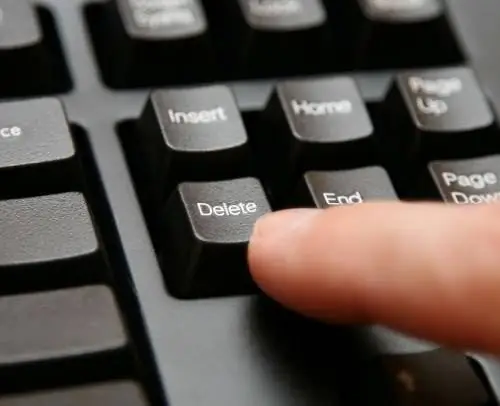You can delete protected folders in different ways. However, one should not forget that they are protected for a reason, and perhaps, in some cases, the deletion of such a folder may not go without consequences, up to the incorrect operation of the system. But, of course, it happens that they are not needed at all, or there is a virus there. Therefore, you need to consider each situation separately.

Instructions
Step 1
When a folder is not deleted in the standard way, you need to find out what is in it. If you go there, but there seems to be nothing there, you need to try the following: open a hidden folder - click "Service" - Folder Options - View from above. There you need to find the item "Hidden files and folders" at the bottom and select "show hidden files and folders", then click OK. If the files still do not appear, then you can still try to view them using a file manager (for example, Total Commander).
Step 2
If after this operation a file is found, then you can use the AVZ program to find out in the system processes what kind of file it is. If the system does not need it, you can disable it in the standard way, for example, press simultaneously ctrl + alt="Image" + del, then the task manager will appear, there you need to select the "processes" tab, find the one you need and click "end the process". After that, in theory, the folder should be deleted. However, if the file is used by the system (in the task manager, next to the file is the inscription System), then it may be better to delete it as correctly as possible. Those. you need to carry out a full check of the system for errors, for example, with the IObit Security 360 program. Perhaps, after the "cleaning", it will be possible to delete it correctly.
Step 3
At the same time, if nothing helps, the file cannot be disabled and it is not a system file, then it may be a virus. You need to check it with a good antivirus (for example, Kaspersky Internet Security 2011). And if it takes less than 20 megabytes and you can use it, then it is better to do an online check with several antiviruses at once, on the sit
Step 4
Perhaps it is really a virus or just an unnecessary application, an empty "protected" folder, then the easiest way is to remove it by unlocking. In order to unlock the folder, you need to download the Unlocker application. After installation, you need to click on the folder with the right mouse button and select "unlock", then delete.






